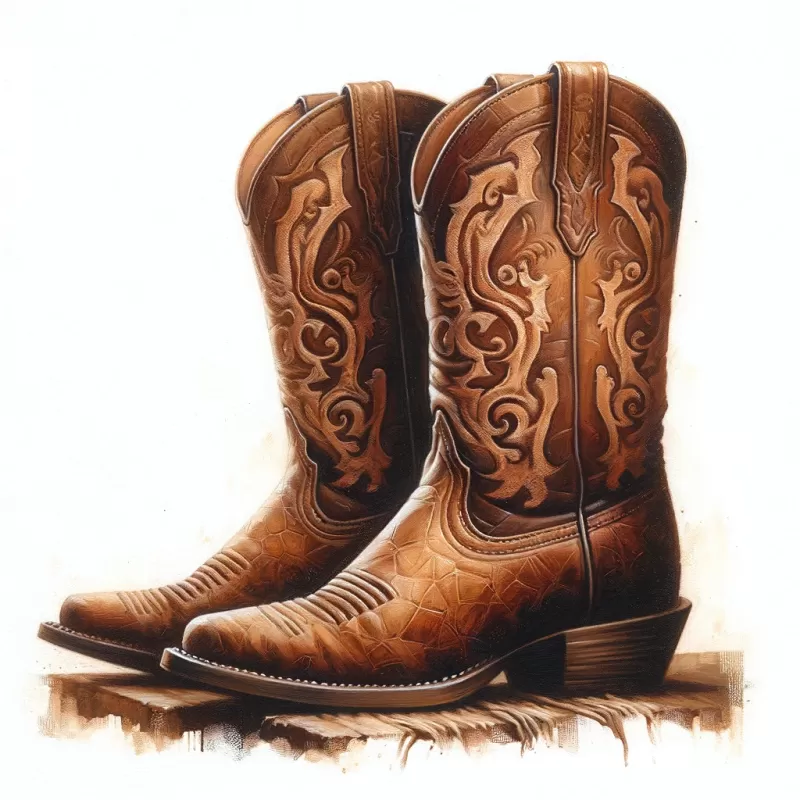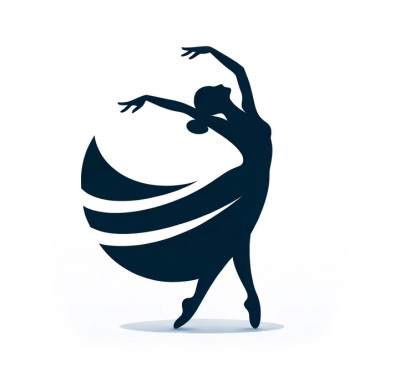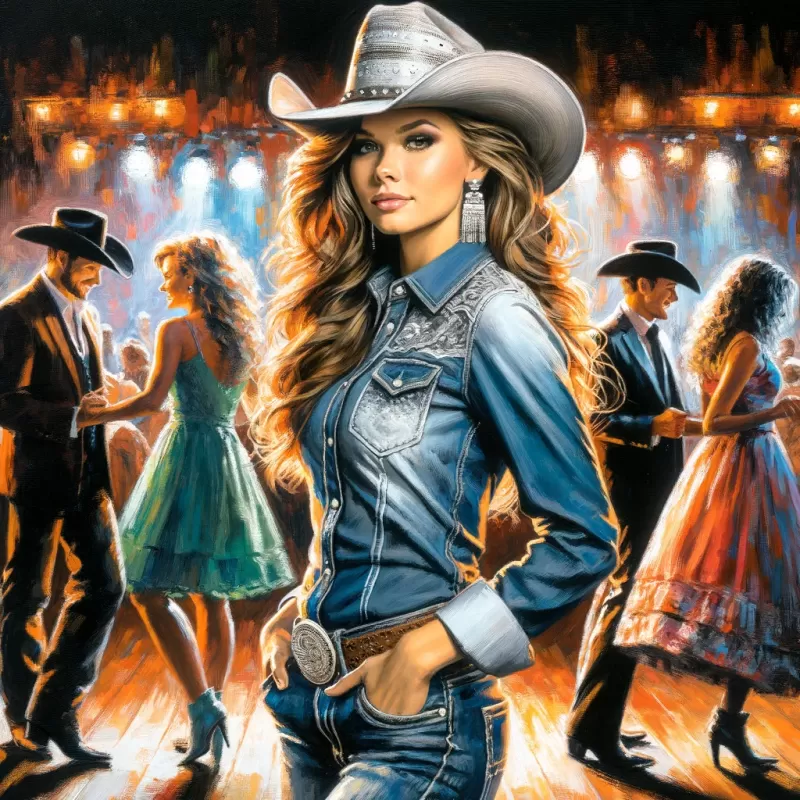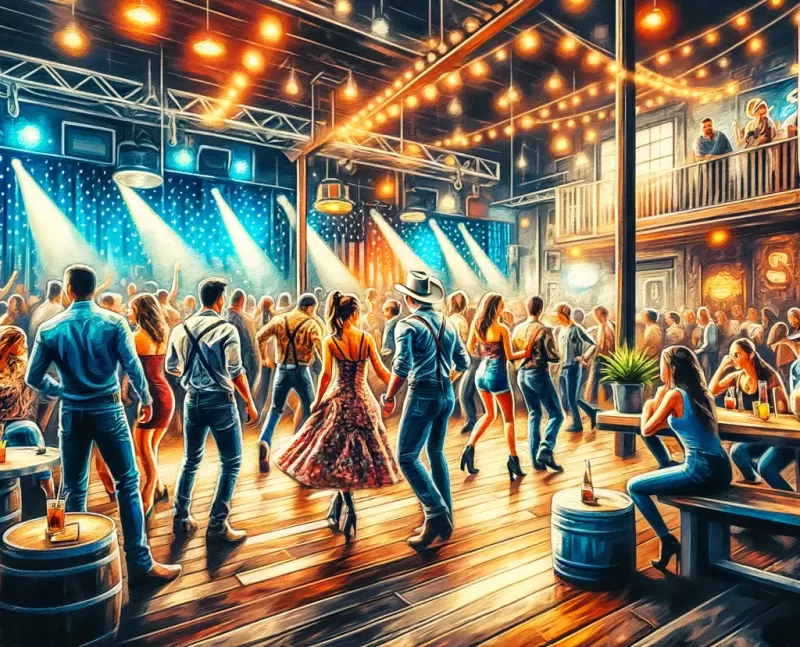The History of Country Dancing: Roots, Evolution, and Impact
Published on February 7th 2024, 6:32PM
Country dancing, with its rich heritage and vibrant traditions, has long been a cornerstone of cultural expression in rural and urban communities alike. This post explores the origins, evolution, and enduring impact of country dancing, tracing its journey from folk traditions to the diverse array of styles enjoyed today.
Origins and Early History
Country dancing originated in the British Isles as early as the 16th century, evolving from folk dances performed in rural communities. These early dances were social activities that brought communities together, often performed during celebrations, festivals, and gatherings. The term "country dance" itself was used to differentiate the folk dances of the countryside from the court dances of the aristocracy.
As settlers from the British Isles migrated to North America, they brought with them their music and dance traditions. These dances adapted to the new cultural and social contexts of the American colonies, blending with Indigenous and other immigrant dance forms to create a unique American folk dance tradition.
Evolution and Styles
Over time, country dancing evolved to include a wide range of dance styles, each with its unique characteristics and regional variations. Among the most popular forms of country dancing are:
- Square Dancing: Characterized by sets of four couples arranged in a square, with a caller directing the dancers through a sequence of steps.
- Line Dancing: Dancers execute choreographed movements in unison without direct physical contact with their neighbors. It gained immense popularity in the 1990s and remains a staple of country dance venues.
- Two-Step: A partner dance with a quick-quick-slow rhythm, known for its simplicity and elegance. It's a fundamental dance in the country western dance scene.
- Country Waltz: A smoother, more graceful version of the traditional waltz, adapted to country music.
- West Coast Swing: A slotted dance that allows for both partners to improvise while dancing to a wide range of music, including country.
Cultural Impact
Country dancing has played a significant role in preserving cultural heritage and fostering community bonds. It's a celebration of collective identity, storytelling, and tradition. Country dances are social events that welcome participants of all ages and skill levels, emphasizing the joy of dance and music over technical perfection.
The resurgence of interest in traditional arts and cultural practices has led to a renewed appreciation for country dancing. Festivals, workshops, and social dances continue to draw crowds, highlighting the dance's ability to adapt to contemporary music and styles while maintaining its roots.
Modern Adaptations
Today, country dancing thrives in dance halls, bars, community centers, and festivals around the world. Modern country music, with its diverse influences and broad appeal, has inspired new dances and reinvigorated traditional ones. The fusion of country dancing with other dance styles has led to innovative expressions and broadened its appeal to a new generation of dancers.
Conclusion
The history of country dancing is a testament to the enduring power of dance to bring people together, celebrate heritage, and adapt to changing times. From its folk origins to the dynamic, multifaceted practice it is today, country dancing continues to evolve, reflecting the values, stories, and spirit of the communities it serves. As we step onto the dance floor, we become part of a tradition that spans centuries, embracing the joy and camaraderie that country dancing has always symbolized.





Comments (0)